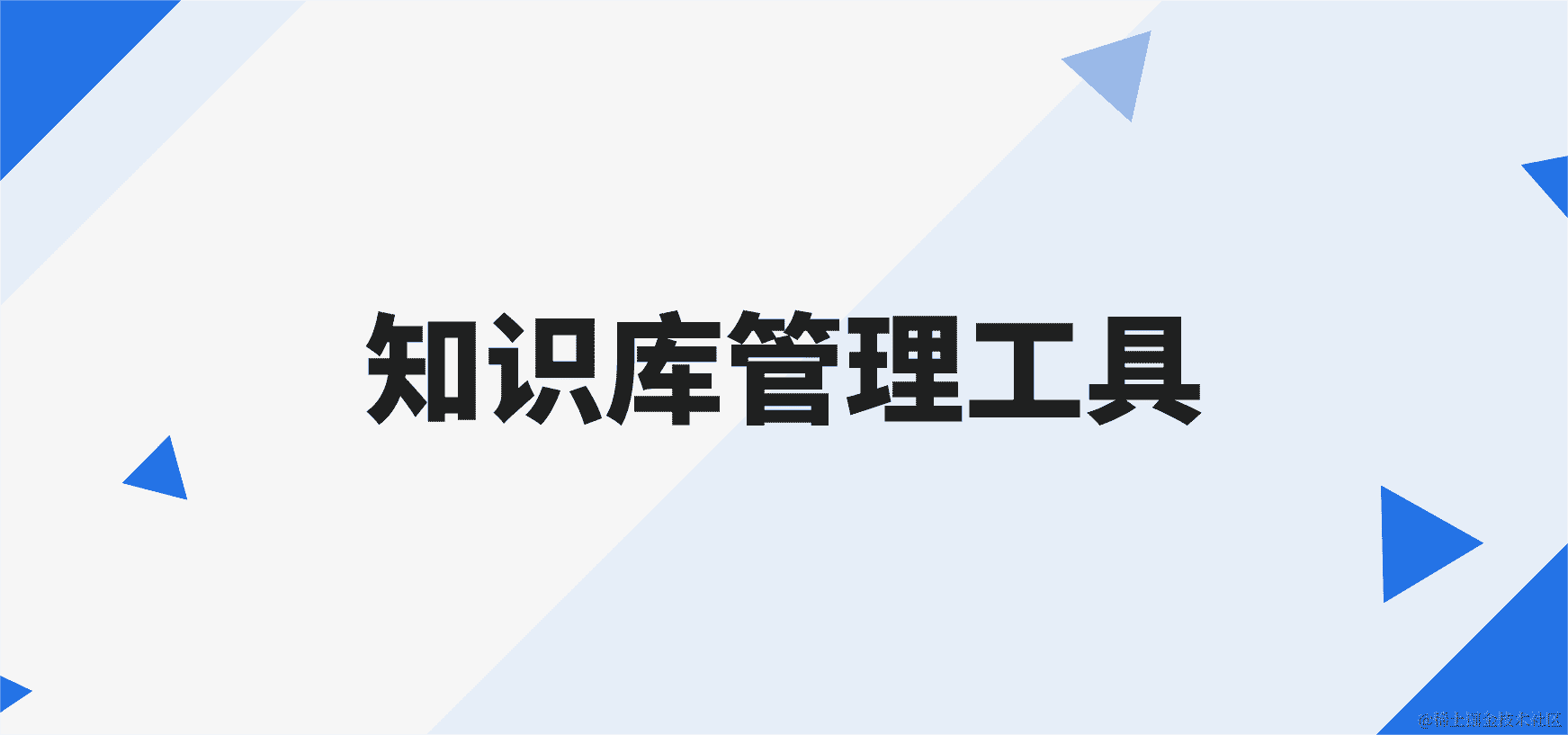插槽的用法
2024-01-25 03:33:46
什么是插槽
插槽是一个用于在组件中放置动态内容的占位符。插槽可以用 <slot> 标签定义,也可以用 v-slot 指令定义。
体验插槽的基础用法
没有插槽的内容会被丢弃
如果没有为插槽提供任何内容,那么插槽中的内容将被丢弃。例如,以下组件定义了一个标题插槽和一个正文插槽:
<template>
<div>
<h1><slot name="title"></slot></h1>
<p><slot name="body"></slot></p>
</div>
</template>
如果我们使用这个组件如下:
<my-component>
<h1>My Title</h1>
</my-component>
那么只有标题插槽的内容会被显示,正文插槽的内容将被丢弃。
后备内容
您可以使用 default 插槽来提供后备内容。后备内容将在没有为插槽提供任何内容时显示。例如,我们可以将上面的组件修改如下:
<template>
<div>
<h1><slot name="title"></slot></h1>
<p><slot name="body">This is the default body content.</slot></p>
</div>
</template>
现在,如果我们使用这个组件如下:
<my-component>
<h1>My Title</h1>
</my-component>
那么标题插槽的内容和后备内容都会显示。
具名插槽
您可以使用 name 属性来为插槽命名。这将允许您为不同的插槽提供不同的内容。例如,我们可以将上面的组件修改如下:
<template>
<div>
<h1><slot name="title"></slot></h1>
<p><slot name="body"></slot></p>
<div><slot name="footer"></slot></div>
</div>
</template>
现在,我们可以使用这个组件如下:
<my-component>
<template #title>
<h1>My Title</h1>
</template>
<template #body>
<p>This is the body content.</p>
</template>
<template #footer>
<div>This is the footer content.</div>
</template>
</my-component>
这样,我们将为标题、正文和页脚插槽分别提供不同的内容。
为具名插槽提供内容
为具名插槽提供内容有两种方法:
- 您可以使用
template标签来定义插槽的内容。 - 您可以使用
v-slot指令来定义插槽的内容。
使用 template 标签来定义插槽的内容如下:
<template #title>
<h1>My Title</h1>
</template>
使用 v-slot 指令来定义插槽的内容如下:
<div v-slot:title>
<h1>My Title</h1>
</div>
作用域插槽
作用域插槽允许您将数据从父组件传递到子组件。这可以通过在插槽的模板中使用 slot-scope 属性来实现。例如,我们可以将上面的组件修改如下:
<template>
<div>
<h1 v-for="item in items" :key="item.id"><slot name="title" :item="item"></slot></h1>
<p><slot name="body"></slot></p>
<div><slot name="footer"></slot></div>
</div>
</template>
现在,我们可以使用这个组件如下:
<my-component>
<template #title="{ item }">
<h1>{{ item.title }}</h1>
</template>
<template #body>
<p>This is the body content.</p>
</template>
<template #footer>
<div>This is the footer content.</div>
</template>
</my-component>
这样,我们将把 items 数组中的每个项目传递到标题插槽。
结构作用域插槽的prop
结构作用域插槽的prop是通过slot-scope属性来传入的,我们可以使用这些prop来访问父组件的数据。例如,我们可以将上面的组件修改如下:
<template>
<div>
<h1 v-for="item in items" :key="item.id"><slot name="title" :item="item" :prop1="prop1"></slot></h1>
<p><slot name="body"></slot></p>
<div><slot name="footer"></slot></div>
</div>
</template>
现在,我们可以使用这个组件如下:
<my-component :prop1="prop1">
<template #title="{ item }">
<h1>{{ item.title }}</h1>
</template>
<template #body>
<p>This is the body content.</p>
</template>
<template #footer>
<div>This is the footer content.</div>
</template>
</my-component>
这样,我们将把 items 数组中的每个项目和 prop1 属性传递到标题插槽。
结语
插槽是一个非常强大的功能,它可以用来创建可重用的组件和动态的 UI。本文介绍了插槽的基本用法,包括没有插槽的内容会被丢弃、后备内容、具名插槽和作用域插槽。我希望本文对您有所帮助。



